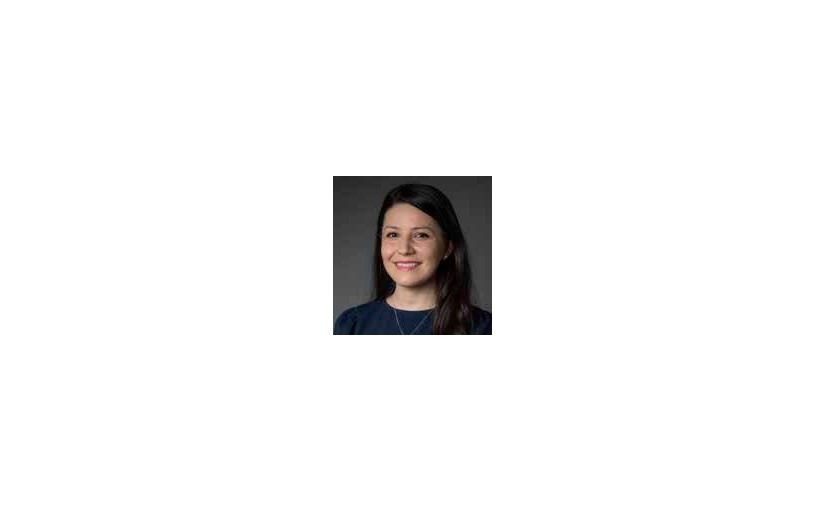Dental Education Hub in conjunction with Henry Schein also runs over 150 in-person clinical and business related courses and events each year as part of our extensive education program across Australia.
Courses by State
3M (10)
3Shape (14)
Acteon (8)
Ansell (11)
Business Booster Series (8)
Centrix (8)
Colgate (13)
COLTENE (32)
DMG (24)
Durr Dental (20)
EdgeEndo (12)
EMS (41)
Garrison (27)
GC (47)
Henry Schein One (13)
Hu-Friedy (12)
Lunos (20)
Milestone (Wand STA) (27)
Planmeca (13)
Prime Practice (11)
Schein Solutions (12)
Septodont (37)
TePe (13)
Ultradent (19)
Vita (13)
Brands
tags
Archives
- 404 Errors
- About Us
- About Us 2
- Accordion
- Articles
- Block Courses
- Block Posts
- Blog
- Bookmarks
- Buttons
- Contact Us
- Contact Us
- Countdown
- Course Categories
- Course Search
- Donate with Henry Schein Cares
- FAQs
- Gallery
- Home
- Home
- Icon Box
- Info Boxes
- Latest Content
- Login
- Number Counter
- Podcasts
- Pricing Table
- Profile
- Progress Bars
- Publications
- Research
- Sitemap
- Students Courses
- Team Members
- Testimonials
- TV
- Videos
- Webinars
- Woo Products




Comments are closed.